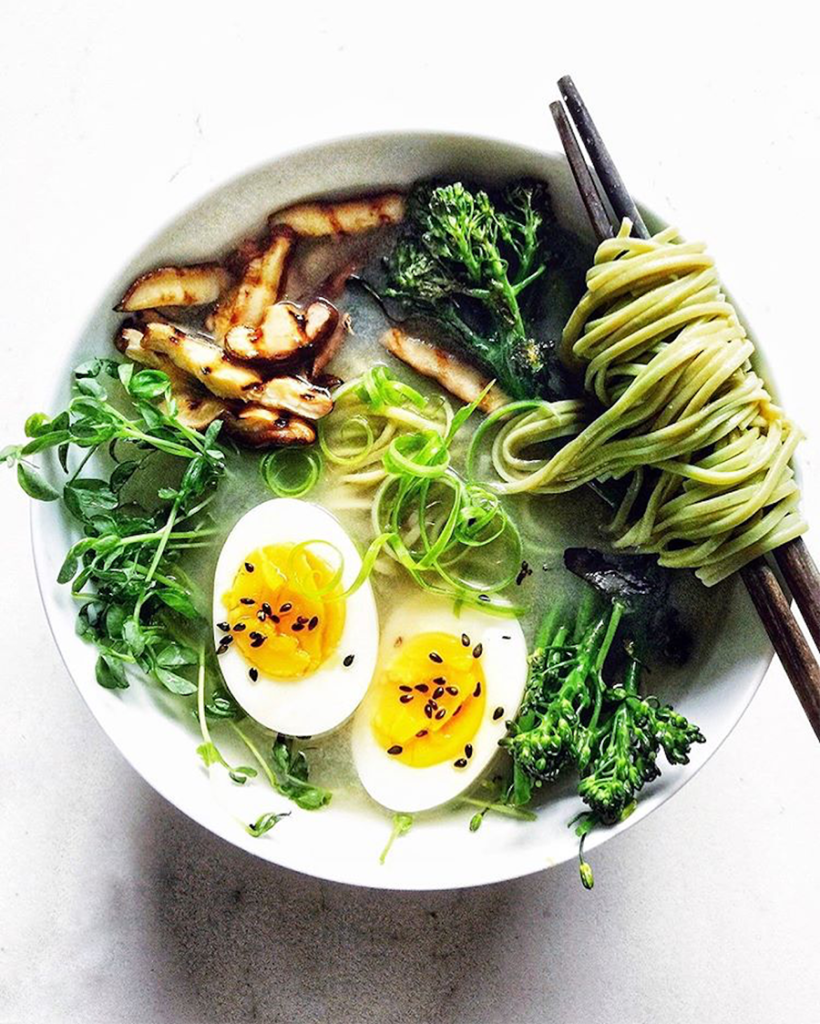
by Julia Szabo
A condiment made by combining cooked soybeans and grain inoculated with koji (spores of the fungus Aspergillus oryzae), miso has been prized in Japan since roughly the year 500, used as a spreadable bouillon or to make a hearty, nourishing soup.
In 1945, a young doctor named Tatsuichiro Akizuki was working at Urakami Hospital in the Japanese city of Nagasaki. A firm believer in food as medicine, he prescribed patients twice-daily servings of miso soup, cooked by his wife. Making his ward rounds on August 9 of that year, Dr. Akizuki recalled—in a written account— “A huge impact like a gigantic blow…then down came piles of debris.” The hospital was less than 1.25 miles from the epicenter of the blast; sick with radiation poisoning, the Akizukis continued caring for patients and themselves. They survived and thrived on miso soup (Dr. Akizuki died in 2005, at age 89). Six decades after Nagasaki, Hiroko Furo, PhD, interviewed 30 cancer-free survivors, their atomic burns healed. The anecdotal evidence she gathered confirmed what was suspected for centuries: The umami-rich staple of Japan’s traditional diet has powerful therapeutic properties.
It would take time for miso to captivate Western palates, but today, miso is appreciated worldwide as a superfood. Among its superpowers: strengthening the immune system, restoring beneficial bacteria to the gut, lowering LDL cholesterol. John and Jan Belleme, co-founders of North Carolina’s American Miso Company, maker of the “Miso Master” range of misos, wrote the book on miso—five of them, in fact, including The Miso Book (Square One Publishers)—and both consume the condiment daily. “Using miso in everyday cooking is the essence of what we teach and write about,” explain the authors, who point out that miso is a good source of iron, calcium, phosphorus, potassium and some B vitamins, and contains all essential amino acids, making it a complete protein. Its primary ingredient, soy, contains the isoflavone genistein, a powerful antioxidant that protects cells from free radicals, radiation and chemical pollutants, limiting the growth of cancer by cutting off blood supply to neoplastic cells. The Journal of Alternative Complementary Medicine found that miso has 20 times more genistein than unfermented soy foods. (Fermented for a minimum of 12 months, long-term miso is preferred to short-term for cancer-preventive purposes, as it contains more genistein.) Inhibiting platelet aggregation and thrombosis, miso can also help to prevent strokes, heart attacks and atherosclerosis.
Nagasaki was devastated 75 years ago, but numerous environmental stressors continue to expose global populations to cancer. Researchers at Japan’s National Cancer Center found that women who had three bowls of miso soup daily reduced their incidence of breast cancer by 40 percent compared with those who had only one bowl daily, and by 50 percent compared to those who had less than one bowl daily. Far from monotonous, downing three daily bowls is a delight; fermentation from rice, barley or chickpeas results in a rich diversity of flavors.
Miso is easily incorporated into a daily wellness regimen: Home chefs can stir miso into a dashi (broth) simmered from sea vegetables (kombu and/or wakame), and add other Japanese pantry staples (carrot, tamari, shiitake, tofu). Or make your own dashi with whatever veggies lurk in the crisper; spinach, kale, broccoli are all good. If you’re tight on time, here’s a shortcut: Carefully heat water—the goal is a simmer, not a rolling boil, to avoid destroying miso’s live probiotic cultures—and add a serving of long-term miso paste, stirring to dissolve.



